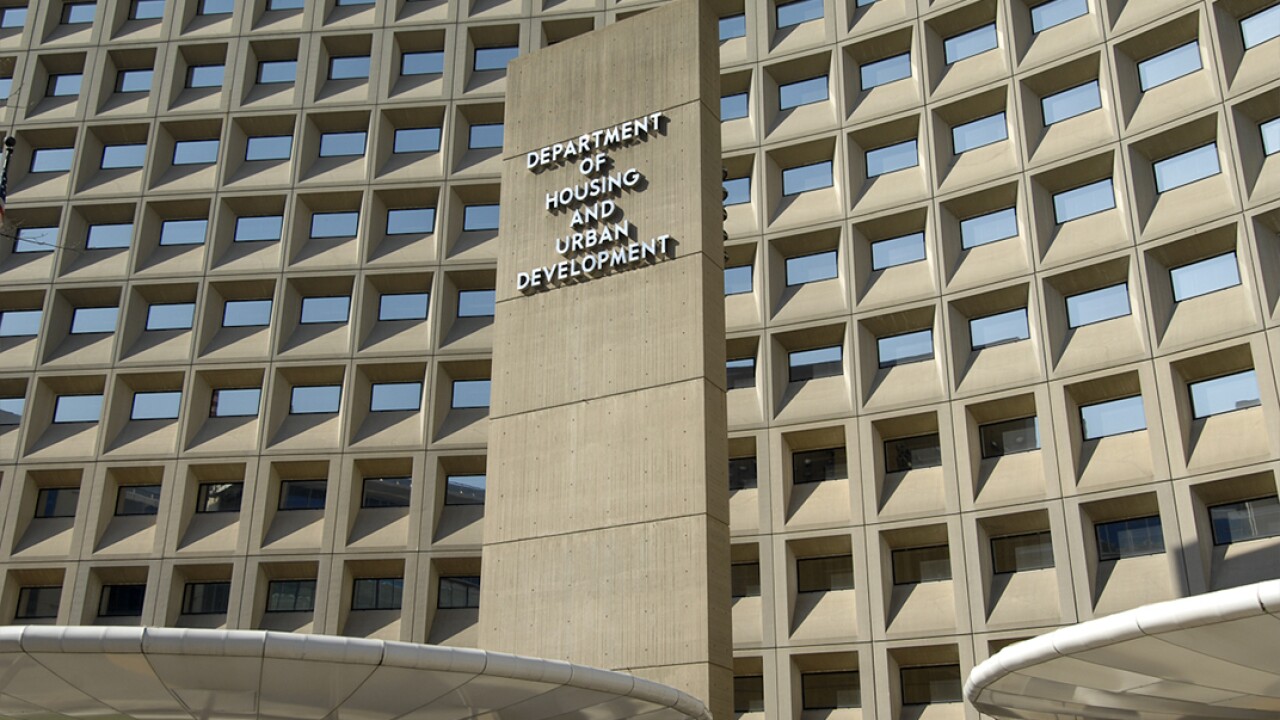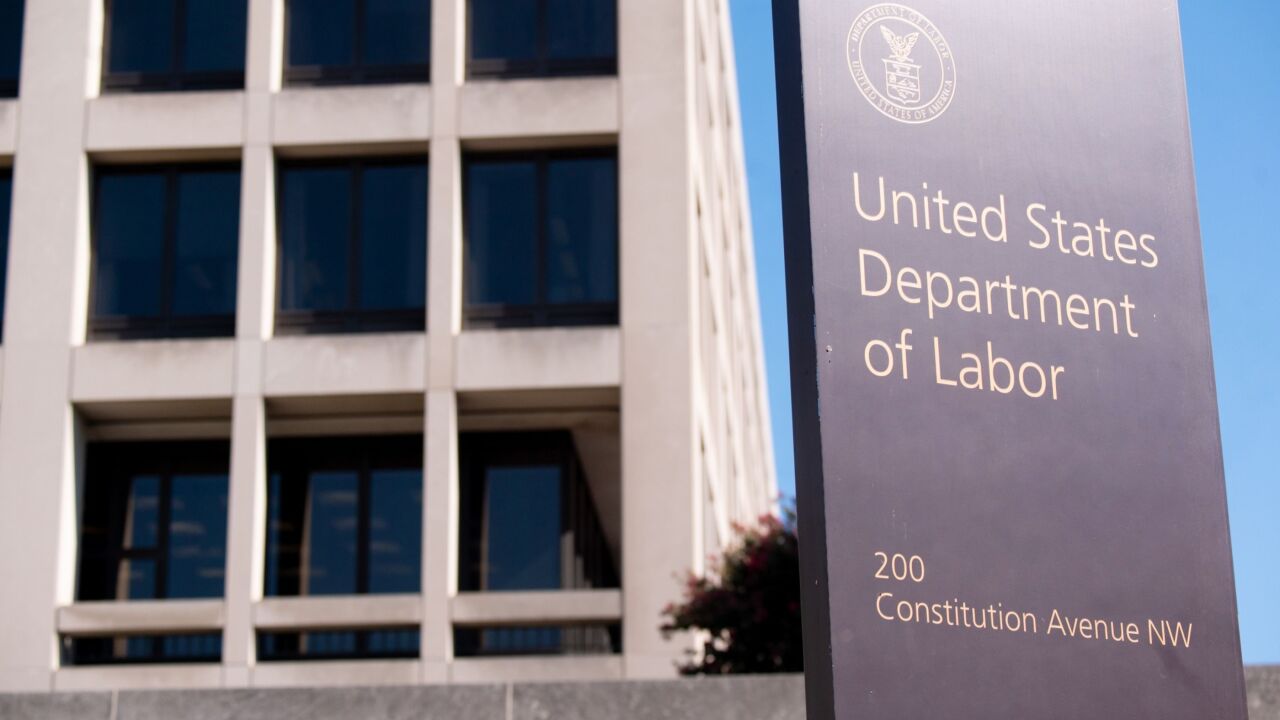The Federal Housing Finance Agency has directed Fannie Mae to end its "
The strategy, designed to increase homeownership opportunities for consumers rather than investors, aligned with the Biden administration's goal to
The change will require a shift to a "neutral" approach to REO repairs that "balances credit losses with fair lending risk," according to FHFA Director Pulte. It was
Repair All "has impacted loss severity, resulting in a negative return on investment," according to the order.
It also led to longer processing times and increased vendor costs due to the additional oversight required in construction, according to the FHFA document.
Fannie declined comment on the order.
A shift in REO strategy
Fannie Mae implemented Repair All in 2021's fourth quarter, citing advantages they give consumer buyers related to loan options and decreased competition from investors who fix-and-flip the home or keep it as a rental property, according to a report the enterprise issued that year.
"A higher purchase rate by owner-occupants means a lower rate of purchase by cash investors who may be inclined to purchase unrepaired REO, complete fast and low-cost superficial repairs, then flip the property for a profit or retain," Fannie found in its report.
The policy shift reflects a long-running difference in philosophy between Republican and Democratic officials when it comes to whether or not there is a public benefit to giving owner-occupants preference in government-related REO sales.
Investor participation in the housing market
Research results on the issue of investor involvement in housing vary. A study Auction.com did in 2019 during the first Trump administration found
Well-repaired properties may be easier for owner-occupants to afford long-term because they require less costly maintenance than an REO home, but in the short-term they have an initial price point that's higher than a fixer-upper, which could be a cost hurdle.
According to a December report from the
A California legislator proposed to ban large investor sales of 1,000 or more than single-family homes last year in response to elevated levels of investor purchases.
The mega-investor share has been low nationwide, not topping 5% in any metro, Cotality found
Another order FHFA Pulte issued recently,





